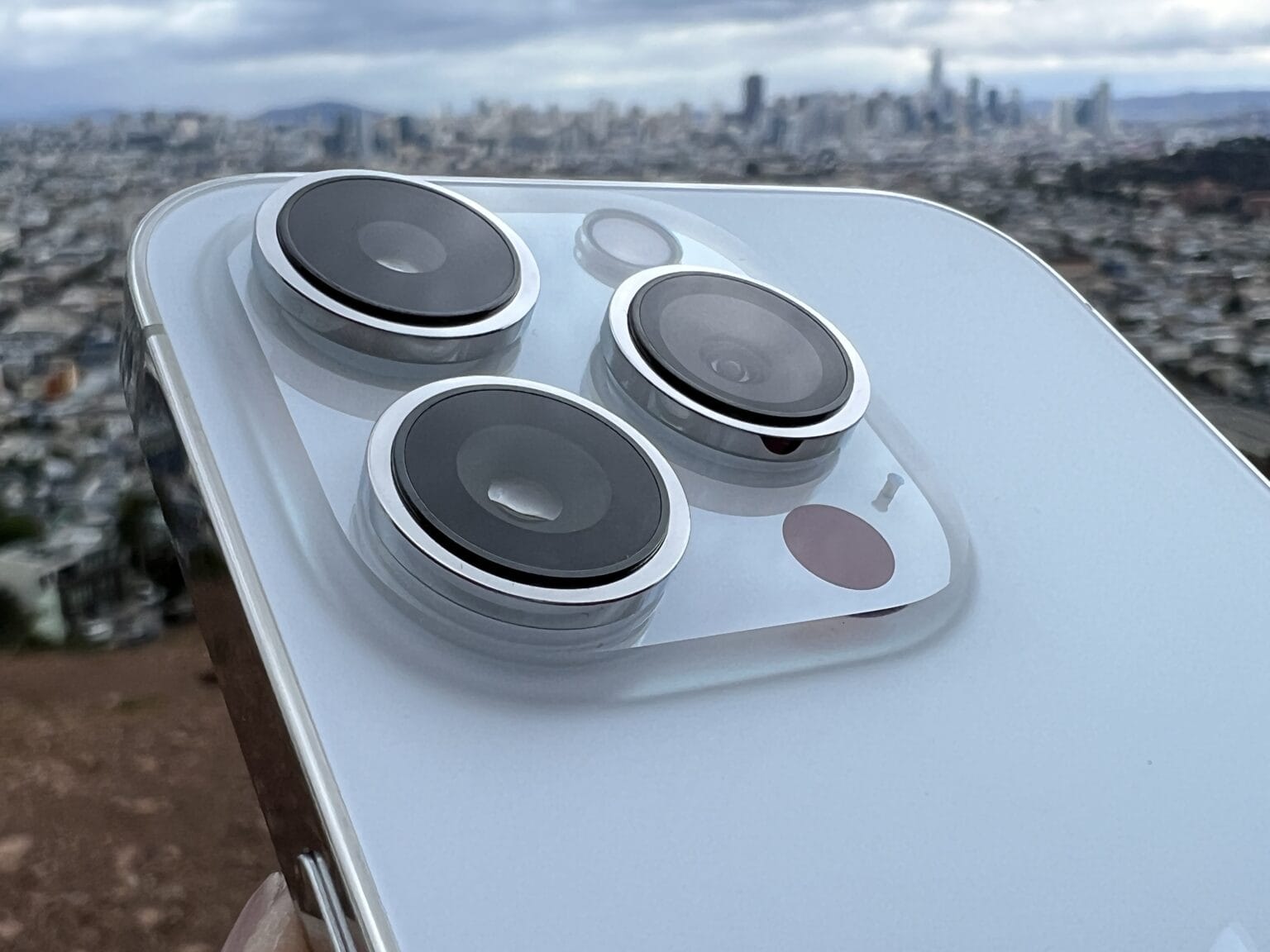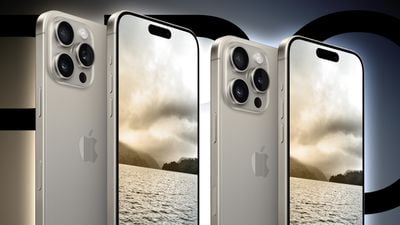[ad_1]

Photo: Leander Kahney/Cult of Mac
Lens flare has been a longtime issue with the iPhone’s camera. Apple could finally solve this issue on the iPhone 16 Pro with a new lens coating technology.
It’s common for flares to show up in photos or videos taken from an iPhone’s camera. The issue has been around for years, and Apple has made little improvement in this area over generations.
New ALD coating can help reduce lens flare
A rumor originating from China by leaker @Yeux1122 says Apple is testing new Atomic Layer Deposition (ALD) equipment for a special coating that will help reduce lens flares. The company will seemingly only use the coating on the iPhone 16 Pro lineup.
Lens fare on iPhones has been an issue since the 2012 iPhone 5. Over the years, Apple has used various coatings and improved glass lenses to enhance light transmission and reduce flares. But despite the company’s best efforts, the issue remains and is mainly prevalent while recording videos. The new ALD coating might help Apple reduce flaring to a large extent, if not fix it entirely.
Besides reducing glare, the coating can help improve light transmission and unwanted flaring.
Apple working on big anti-reflective upgrades for future iPhones
The new coating could be one of the many camera upgrades Apple is planning for the iPhone 16 Pro. A previous leak indicates the iPhone’s camera module could get a radical redesign, helping it stand out from the previous generation of the phone.
Given this leak’s timing, there’s a possibility of the ALD coating not being ready for use in the iPhone 16 Pro series. In that case, Apple could use the coating on the iPhone 17 Pro in 2025.
Like the camera coating, Apple is testing a major anti-reflective update for the iPhone 17’s display. It will help reduce glares and reflection while also improving the scratch resistance of the cover glass.
[ad_2]
Source Article Link



